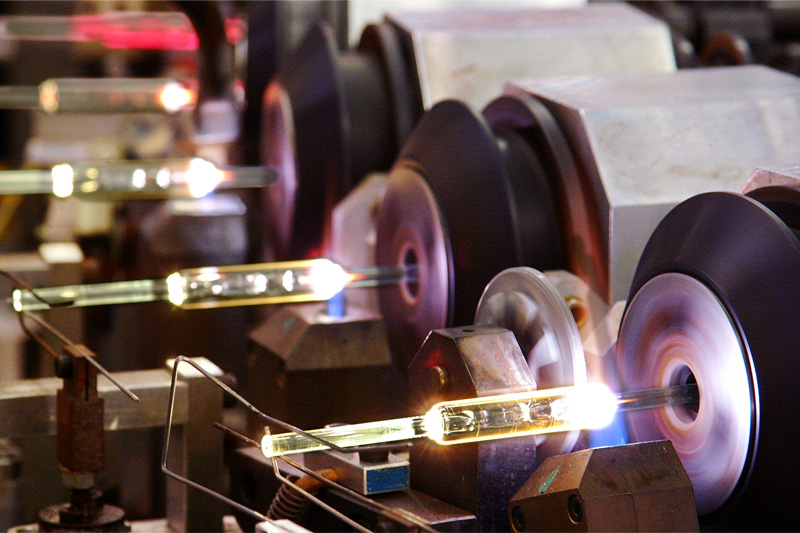High Intensity Discharge (HID) bulbs, more commonly known as xenon lights, have steadily increased in usage across the automotive market. Yet, for technicians they are a misunderstood product. The high start-up voltage is potentially hazardous and is understandably their main concern. But, rather than refer the owner back to a main dealer, technicians can change HID bulbs safely. Philips explains.
For technicians, the benefits of fitting HID bulbs are two-fold. Firstly, you won’t lose a customer to a main dealer or another garage that can do the job. Secondly, it increases a garage’s sales margin.
Xenon lights do not have a filament like halogen and older type lamps. Instead of supplying current to a filament to make it glow, an electrical arc is created between two electrodes within a xenon gas-filled bulb. The lamp can only ignite when high voltage is applied. Igniting, heating and stabilising the arc of a HID lamp requires electronic controls, consisting of an electronic igniter and ballast. As a result of the high voltages needed to operate HID bulbs, great care should be taken when replacing them.
These bulbs can be safely replaced when the correct procedure is followed:
1. Turn off the ignition and headlight switch, isolate the headlamp circuit by removing the relevant lighting fuse, and consult the vehicle handbook for details of the correct fuse to remove. The next step is to access the headlamp assembly, and remove any necessary engine compartment covers. Be careful to retain any fixings, then locate and remove the headlamp covers and retain the cover, which is to be replaced upon completion.
2. Next, disconnect the bulb, locate the connector at the rear of the bulb, rotate the connector anticlockwise 45° and pull away from the bulb. Unclip the metal retaining clip. Once the clip is pulled down, the bulb can be removed from the headlamp.
3. The next step is to actually remove the bulb from the headlamp. Always replace bulbs in pairs, as when one bulb fails, this is a clear indicator to replace the other one. In addition, Xenon bulbs can often become slightly discoloured over the course of their lifetime, so replacing in pairs will ensure colour match for both bulbs.
4. Replace the bulb following the previous instructions in reverse order, taking care not to touch the glass. Check all connections are made correctly, then replace the headlamp assembly covers which have been removed to access the headlamp.
5. The final step is to carry out a functional test. Replace the lighting fuse and test that the headlights are working correctly. Realign the headlamps in accordance with the vehicle handbook. Only light HID bulbs when they are installed in the headlight – never test them outside the vehicle lighting assembly.
HID lamps offer a number of advantages: they are brighter than halogen lamps, they produce less heat and provide a much longer lamp life. Xenon HID lamps offer twice as much light, for safer driving in all conditions. As a matter of fact, the intense white light produced by the xenon HID lamps is comparable to daylight. Studies have demonstrated that xenon lighting helps drivers to concentrate on the road and to identify obstacles and road signs much faster than traditional lamps.











